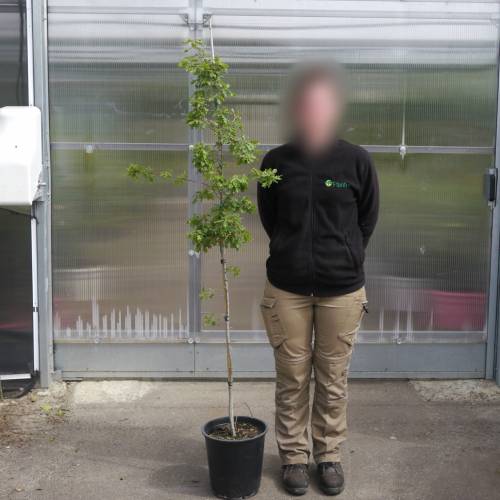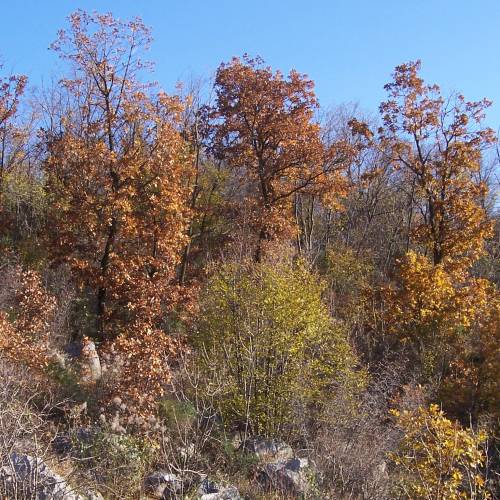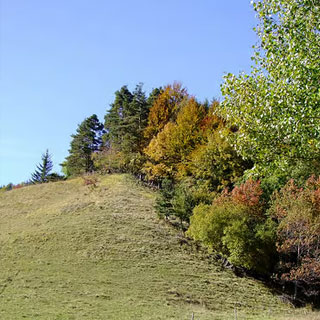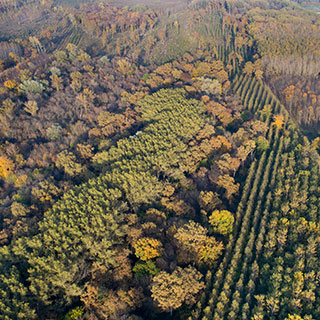
Plants
Oak, downy / Quercus pubescens
-
77.48 € Downy oak - Quercus pubescens
1338p - Available
-
72.75 € Downy oak - Quercus pubescens
1338L - Available
-
67.08 € Downy oak - Quercus pubescens
1338pB - Available
-
62.35 € Downy oak - Quercus pubescens
1338LB - Available
-
56.68 € Downy oak - Quercus pubescens
1338p1 - Available
-
51.95 € Downy oak - Quercus pubescens
1338L1 - Available
-
11.96 € Downy oak - Quercus pubescens
1338R - Available
-
11.39 € Downy oak - Quercus pubescens
1338r - Available
-
10.35 € Downy oak - Quercus pubescens
1338S - Available
-
9.31 € Downy oak - Quercus pubescens
1338SB - Available
-
5.50 € Downy oak - Quercus pubescens
1338J1 - Available
-
4.95 € Downy oak - Quercus pubescens
1338J2 - Available
-
3.99 € Special Offer - 25%
1338J0 - Available
-
3.95 € Downy oak - Quercus pubescens
1338J3 - Available
-
2.95 € Downy oak - Quercus pubescens
2045K1 - Available
-
2.45 € Downy oak - Quercus pubescens
1338J4 - Available
-
2.45 € Downy oak - Quercus pubescens
2045K2 - Available
-
1.95 € Downy oak - Quercus pubescens
1338J5 - Available
-
1.88 € Downy oak - Quercus pubescens
2045K3 - Available
-
1.72 € Downy oak - Quercus pubescens
1338J6 - Available
-
1.68 € Downy oak - Quercus pubescens
2045K4 - Available
-
1.58 € Downy oak - Quercus pubescens
2045K5 - Available
-
1.52 € Downy oak - Quercus pubescens
1338J7 - Available
-
1.42 € Downy oak - Quercus pubescens
1338J8 - Available
-
0.00 € Downy - Oak - Quercus pubescens
1338F - Request for quotation
-
Area of origin: Southern Europe.
Adult Dimensions: Height up to 20 m (65,6'), width up to 15 m (49,2).
Foliage: Deciduous.
Soil Type: All except very wet.
Hardiness: Hardy to -20°C.
Exposure: Full sun.
Properties and uses:
The leaves are grey and become hairless wood is extremely good for burning for heating.
Plant, or reforest Downy Oak, pubescent Oak, Quercus pubescens – Foresters Guide
1) The Downy Oak, pubescent Oak (Robinia pseudo-acacia) is it suitable for my land? The Downy Oak can be found in different zones, with altitudes going from sea level up to 1400m, but it is more common to find it around 800 m in altitude. This genus is demanding in heat during the growing season, and thrives where the average annual temperatures are between 9 and 15°C. It resists well to winter cold, even though it is scarcely found under continental climate with frequent frost. It grows where annual rainfalls vary between 500 and 1200 mm, and is resistant to drought, which is better than Sessile and Pedunculate Oak.
2) Which planting density for my Downy Oak, pubescent Oak plot? (Quercus pubescens)
The planting density is the number of plants planted in one hectare (acre). Here it means determining the initial number of young plants and to choosing their repartition in the available space.
The planting density is defined by the gaps in between the lines as well as the spacing in between each plant on a same line.
It is the basics of the silvicultural path which must lead to a final trees’ population of quality and to the fulfilment of the land’s owner set goals.
Advice: When choosing the density, think about the width of the tool which will allow the maintenance of the gaps in between the lines. The space in between the lines must allow clear passage for a tractor-drawn, maintenance tool.
For the Downy Oak (Quercus Pubescens):
- For a classical forestry programme the recommended density is 1200 to 1600 plants/hectare. What is important is the dynamic of the culture, in order to obtain great results.
3) How to prepare the soil to plant Downy Oak, pubescent Oak (Quercus pubescens)?
In Silviculture, working the soil is a key element in the success of planting. The root system of the tree must take rapidly where planted. Whether the work is done mechanically or manually, we recommend working the soil in its depth for optimum planting.
4) How to plant the Downy Oak, pubescent Oak (Quercus pubescens)?
a- Receipt, storage and preparation of the plants before planting
- Upon receipt, place the crates side by side, on a flat surface so as there is no air circulation underneath. Choose a shady spot protected from wind;
- Maintain a good humidity level of the plants on the crates placed on the edges,
- Plan for the possibility of watering if planting is delayed or if the plants require water,
- In case of frost, do not handle the plants and if frost is forecasted for several days, place mulch on the edges.
b- Planting
Our team of professional planters use a planting cane to place the earth-balled plants in situ. This ergonomic, light tool allows quality, quicker planting work. It is also possible to carry out a traditional planting work using a pickaxe or a spade
In all case, you must:
- Dig a hole a little bit larger than the earth-ball ;
- Position it well in the hole;
- Cover it entirely;
Finally, the worker will tamp down the soil carefully with its foot. It is forbidden to press strongly or again to heel-butt the plant to avoid crushing the earth-ball and damage the root system of the plant.
Video on planting using a planting cane
Buy Planting cane
5) How to limit weeds on my Downy Oak, pubescent Oak plot (Quercus pubescens) ?
During the first years, it is essential to eliminate all self-propagating plants. Not controlled they are going to be in competition with your plants and are going to deprive the young trees of the vital elements they require to grow (water, light and nutritional elements). You must therefore eliminate mechanically this unwanted competition until the trees are big enough to be able to dominate it.
Two types of operations are possible after planting:
Manual clearing around the plants
It is in fact acts often carried out using portable thermic Strimmers or billhooks to clear plants on a line or around the plants themselves.
Mechanical clearing of the space in between the lines
These actions are done using cutters and flail mowers, horizontal or vertical cutters, mounted on mini excavators or tractors. As a result, they cannot be undertaken outside the spaces available between the tree lines (seedlings or plants).
6) How to protect my young False Acacia plants from wildlife (Quercus pubescens) ?
There is a necessity to protect the plot as soon as the population’s density of Cervidae (deer and roe deer in particular) risk leading to significant damage such as undergrowth of the plants or friction of the stems. Sometimes, the setting up of plants’ protection is also necessary as soon as the rodents’ population (rabbits, hares, coypu, voles...) are locally important.
3 types of protections are possible:
- Individual, mechanical Protections ( dissuasive netting, photo-degradable tubes,...)
- Protection by total wire-fencing of the plot,
- Protection by applying a repellent on each plant or on the borders of the plot.
Catalogue Protections against Game


















